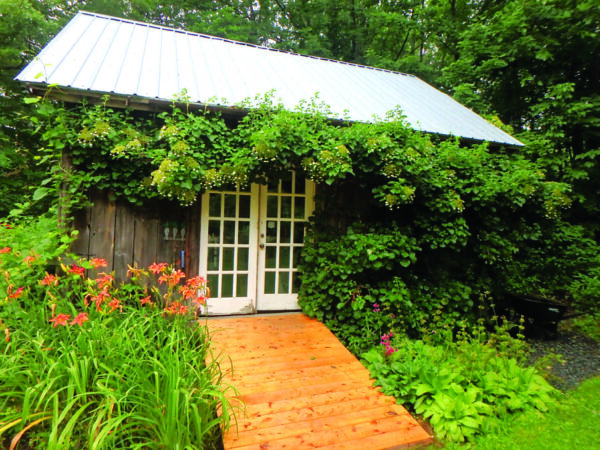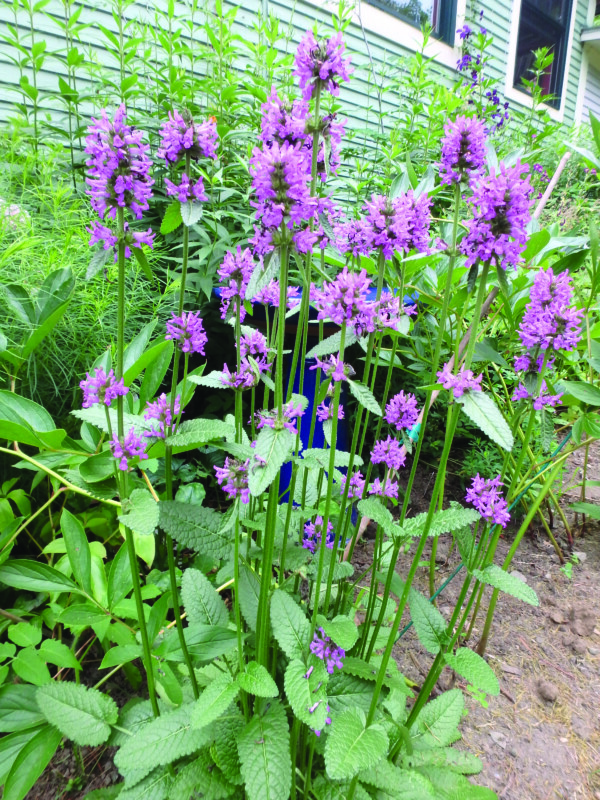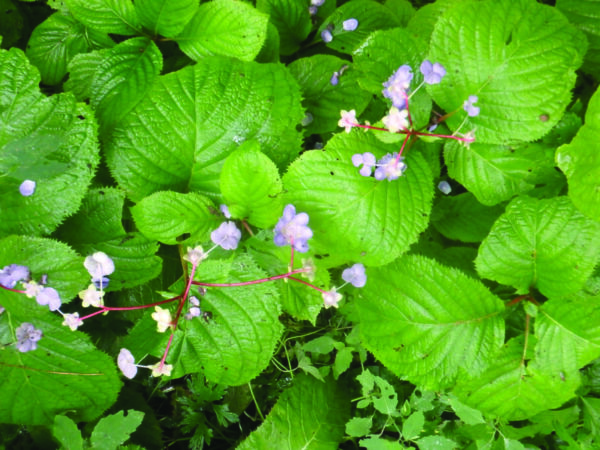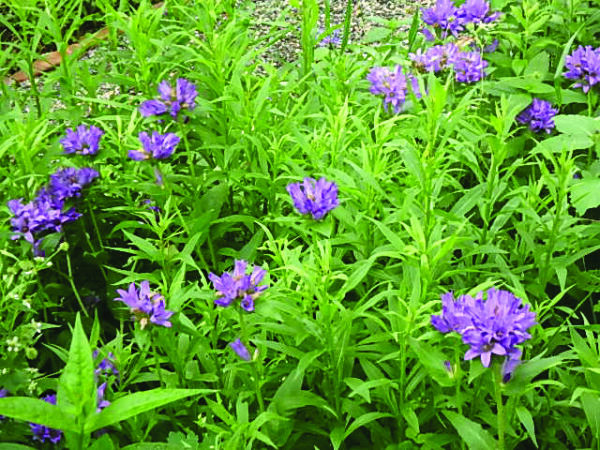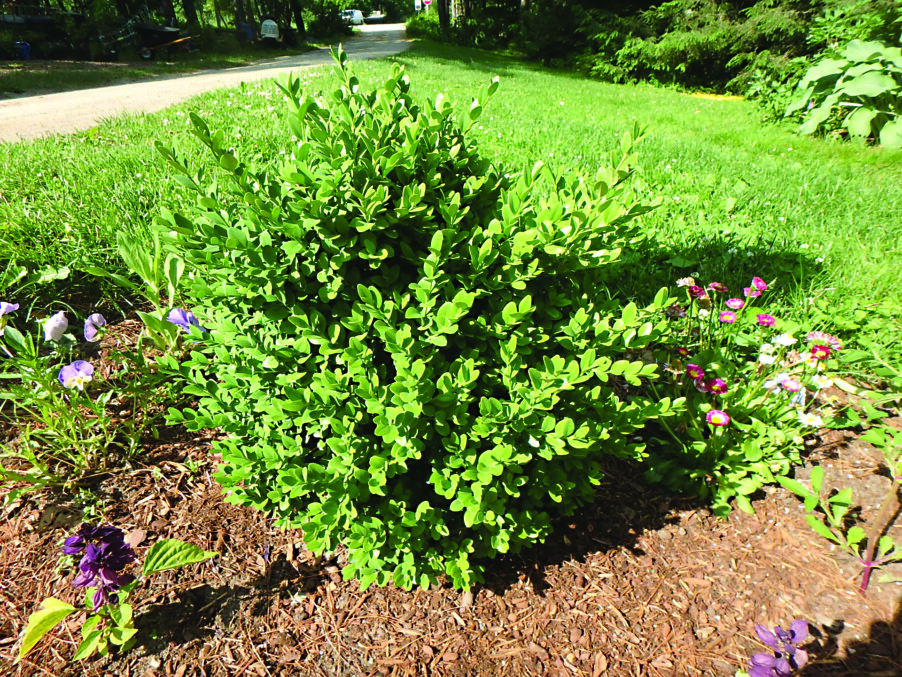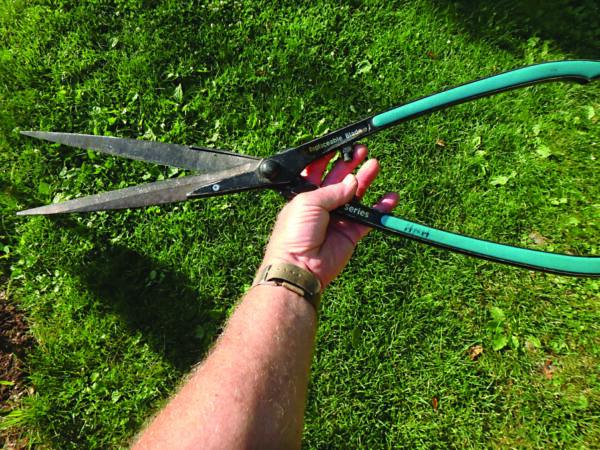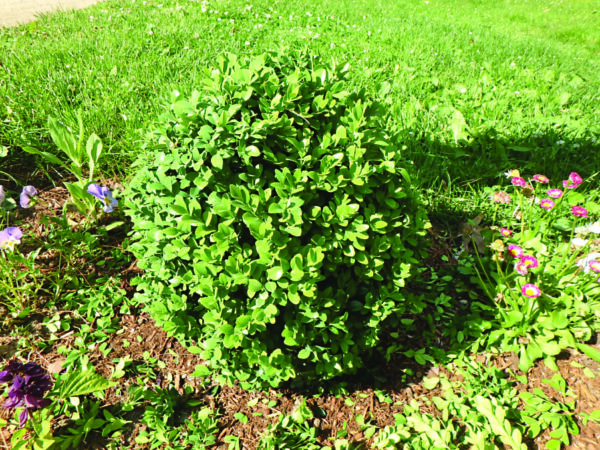Family fun for the weekend
Holey competition!
If the upcoming Olympics (opening ceremonies are this Friday, July 23) or the new season of ABC’s Holey Moley have your kids looking to try out their mini golf abilities, check out our July 8 cover about mini golf and all the places you can putt putt the day away. Find the issue on hippopress.com and flip through the e-book (past e-books are displayed at the bottom of the homepage). Or become a Hippo member to get full access to previous weeks’ stories. (Click on “Become a Member” for more information.) The mini golf story starts on page 10.
Celebrating history
The American Independence Museum (1 Governors Lane in Exeter; independencemuseum.org) wraps up its American Independence Festival this weekend. During the day on Saturday, July 24, from 10 a.m. to 4 p.m., you can see demonstrations from artisans (including a tinsmith, cooper and milliner) and watch reenactor groups. Tickets cost $5 for adults, $3 for children ages 4 to 18, and are free for seniors and active military and veterans. Saturday night, the museum is holding a family campout from 7 p.m. to 9 a.m. Sunday, July 25, with the reenactors the Acton Minutemen. Bring a tent and sleeping bag and take part in games, singing and a craft, according to the website. The campout includes snacks and a light breakfast. The cost is $20 per person or $75 for a group of four. The campout will be limited to 30 people; purchase tickets online.
Movie time
• Plaistow residents can get in the Olympic spirit with a screening of Cool Runnings(PG, 1993) on Friday, July 23, at 8:30 p.m. The screening will take place at the Plaistow Public Library parking lot and will be presented as a drive-in. Admission is being restricted to 50 cars; register in advance at tinyurl.com/umsrmjz7.
• Movie lovers of all ages can root for the forgetful fish Dory in Pixar’s Finding Dory (PG, 2016), which will screen Friday, July 23, in Wasserman Park (116 Naticook Road in Merrimack) as part of the town’s summer movies in the park. The screening starts at dusk and the films are free and open to residents and nonresidents, according to the town’s Parks and Recreation website.
• Introduce your retro-loving kids to 1980s nostalgia as the O’neil Cinemas at Brickyard Square in Epping (24 Calef Highway; 679-3529, oneilcinemas.com) summer kids movie series continues with The Goonies(PG, 1984) screening Monday, July 26, and Wednesday, July 28, at 10 a.m. Tickets to the screening cost $2 for kids ages 11 and under and $3 for ages 13 and up. A $5 popcorn and drink combo is also for sale.
• The Rex Theatre (23 Amherst St. in Manchester; palacetheatre.org, 668-5588) will be screening some films to raise money for the Palace Youth Theatre. On Tuesday, July 27, at 7 p.m. catch Disney’s Moana(PG, 2016). On Wednesday, July 28, at 7 p.m., the theater will screen High School Musical 2 (TV-G, 2007). Tickets to either show cost $12.
See a show
• The Palace Theatre (80 Hanover St. in Manchester; palacetheatre.org, 668-5588) continues its 2021 Bank of New Hampshire Children’s Summer Series. Finishing up this week’s run, catch Wizard of Oz on Thursday, July 22. Next week the production is The Little Mermaid, Tuesday, July 27, through Thursday, July 29. Showtimes are at 10 a.m. and 6:30 p.m. and tickets cost $10 per person.
• Student performers from the Palace’s summer camp program will have a production of their own this weekend: Seussical Kidswill be performed Friday, July 23, at 7 p.m. and Saturday, July 24, at 11 a.m. Tickets cost $12 to $15.
• The Windham Actors Guild will present a youth production of Seussicalat Windham High School (64 London Bridge Road in Windham) on Friday, July 23, and Saturday, July 24, at 7 p.m. and Sunday, July 25, at 1 p.m. Tickets cost $16 for adults and $12 for seniors and students and are available at windhamactorsguild.com.
• Find Frozen Jr.at the Bank of NH Stage (16 S. Main St. in Concord; ccanh.com, 225-1111) on Friday, July 23, at noon and 1 p.m. Tickets to this all-ages-friendly show cost $8 for adults, $5 for seniors and students.
Over at the Capitol Center for the Arts’ Chubb Theatre (44 S. Main St. in Concord; ccanh.com, 225-1111), Godspell Jr.will be performed Friday, July 23, and Saturday, July 24, at 7 p.m. Tickets cost $15 for adults, $12 for seniors and students.
Both productions are from RB Productions, a nonprofit community theater organization founded to provide theater opportunities for youth and young theater professionals, according to the website.
• The Strawbery Banke Museum (14 Hancock St. in Portsmouth; 433-1100, strawberybanke.org) will host a kids night of outdoor entertainment featuring music by Mr. Aaron and a bubble magic show by Kali and Wayne of Sages Entertainment on Tuesday, July 27, at 5:30 p.m. The cost is $5 per person.




